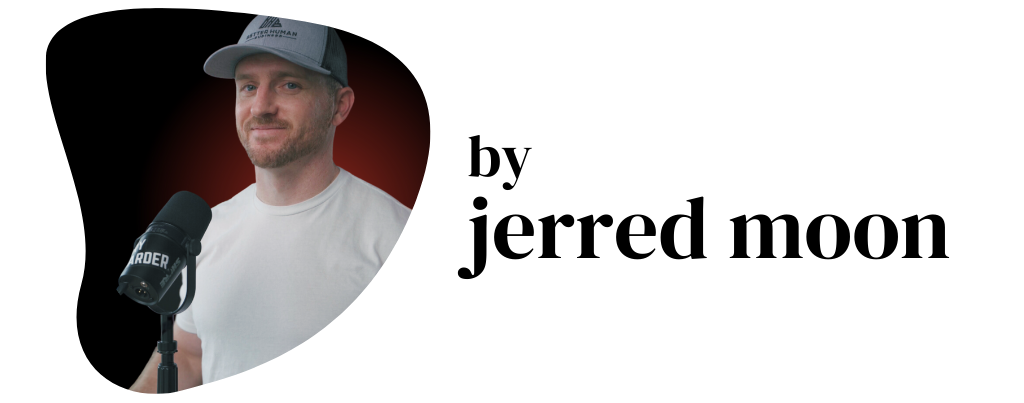111: Strings Too Short To Be Saved
The Story of the Strings In the attic of a loved one, a man finds a box labeled “strings too short to be saved.” This peculiar collection sparked a realization about our tendencies to hold onto things, or in this case, ideas, that no longer serve a purpose. It made me ponder how often we […]
110: How Much Discipline Is Required?
Through various experiences in life, I’ve realized the transformative power of disciplined actions, and I want to share these insights to possibly reshape your understanding of what it takes to succeed, whether in business, personal growth, or family life. The Foundation of Success At its core, discipline is crucial for building the life you aspire […]
109: It’s Time To Start Acting Like A Professional…
Today, I’m diving into what it means to truly be a professional in your field, reflecting on my own experiences and the lessons I’ve learned along the way. This is a topic I’ve pondered deeply, from my days in pilot training to becoming a full-time entrepreneur. Let’s explore the essence of professionalism and how you […]
108: Sustained Effort vs. Sudden Sprints: What Wins?
In today’s session, we’re diving into the philosophy that “chronic minimal effort negates acute maximal effort.” This mindset has significantly shaped my approach to both business and personal life, emphasizing the transformative power of consistency. Let’s unpack this concept and explore how you can apply it to enhance your productivity and achieve your goals. Embracing […]
107: Realism, Pessimism, Optimism: Where Do You Stand?
As an entrepreneur, I often explore the vital role of mindset in achieving success. Your mindset can shape your reality, influencing how you respond to challenges and setbacks. It’s easy to fall into negative thought loops, especially when you’re striving to achieve high standards. Today, I want to share a perspective on finding the right […]
